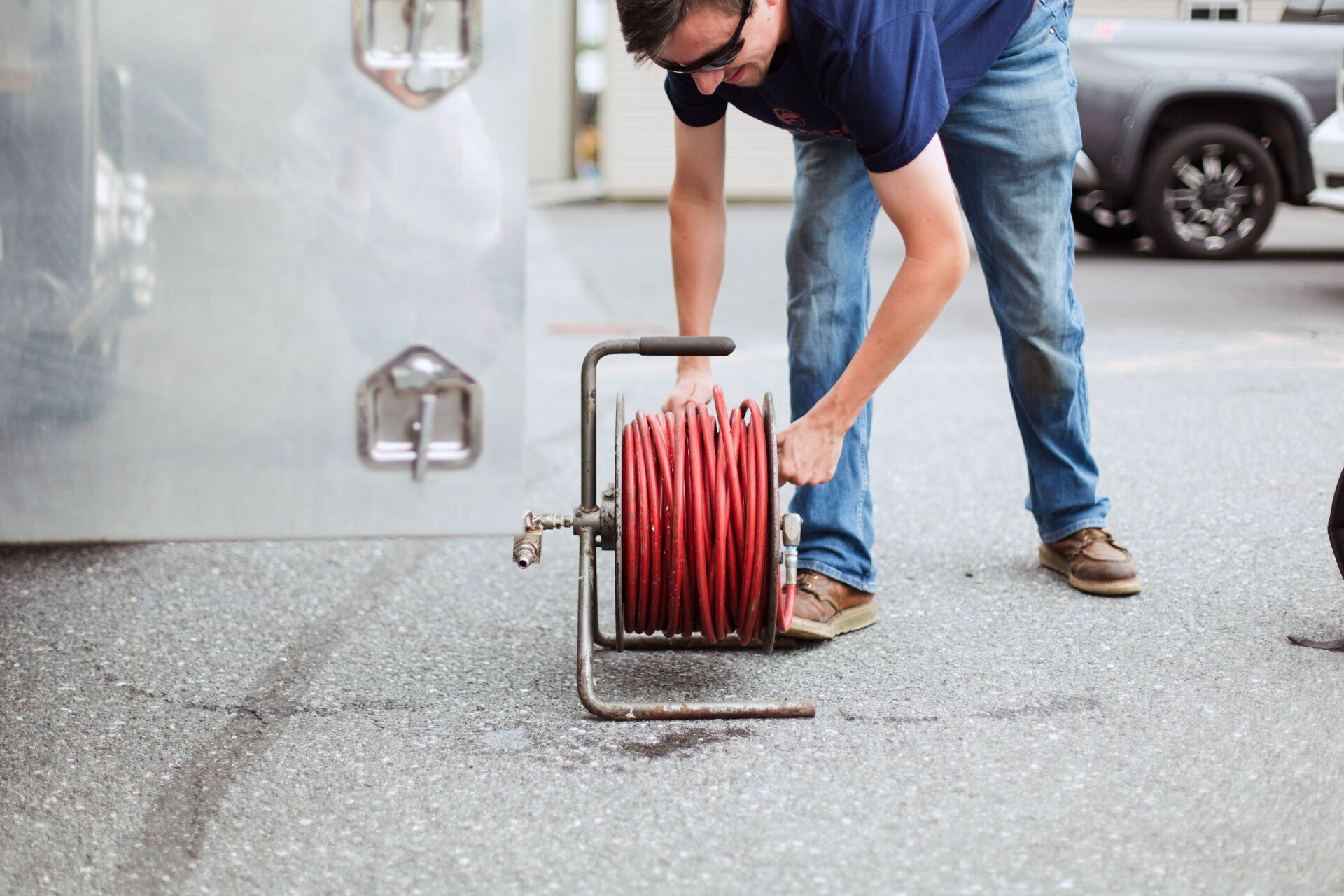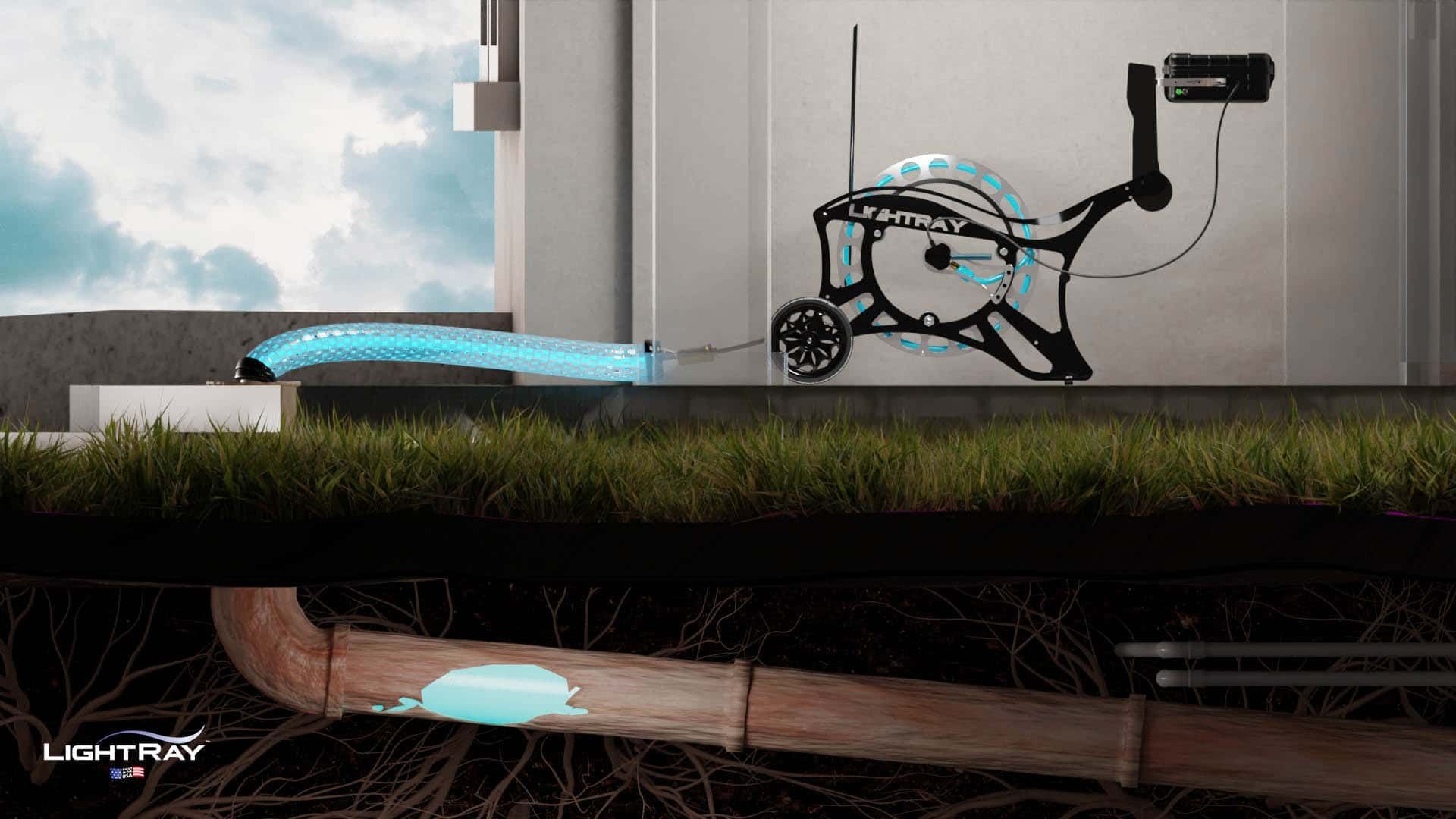The History of Septic Systems
From outhouses to modern plumbing!
Since the beginning of human civilization, waste management has been an issue of sanitation and civility. The septic system is a relatively new development in the history of human society, and since we've been in the business for over sixty years, we felt it necessary to do some research and find out who's responsible for the modern septic system. Like many great inventions, we learned it was nearly by accident that the modern septic system came to be! Keep reading to learn more, or contact us today to schedule your Lancaster, Pa Septic Service.
The History of the Modern Septic System
It was the 1860's when Jean-Louis Mouras decided he'd had enough of walking through the freezing snow to do his business, and thought to himself, there must be a better way. He combined the Ancient Greek concept of the flush toilet, using clay pipes to transport the wastewater out of his house, with the more modern concept of cesspools, which collected waste and were routinely emptied. In essence, he ran clay pipes from his home to a concrete tank outside. Mouras added an extra feature that he called the fousse Mouras (translated - Mouras' pit), a sealed tank that would hold the wastewater, allowing overflow to make its way to the cesspool.
After ten years of use with no issue, Mouras was curious to see what was going on inside the tank. When he cracked the lid and peered inside, he was surprised to find the tank nearly empty, with just a thin layer of scum remaining. In the years that followed, he enlisted the help of a scientist, Abbe Moigno, to develop a prototype. In 1881, Mouras patented the Mouras Automatic Scavenger, and within two years, his design had made its way to the United States, where it did not take long for the invention to proliferate.
Today's Septic Systems
Early American septic systems adhered closely to Mouras’ design and were made of concrete or steel. By the 1940s, septic systems were common from coast to coast, and by the 1960s, when these systems began failing, significant improvements to the overall design were developed. Today, many modern septic systems feature advanced materials including fiberglass, precast concrete, polyurethane, and other plastics. Where older septic systems were typically anaerobic, many of the systems installed today use an aerator to create a more efficient aerobic environment.
The lifespan of a septic system varies, but on average a septic system will need replaced every 20-30 years. There are many factors that affect a septic tank's life expectancy, including its materials and whether it has experienced damage from vehicle traffic, flooding by groundwater or clogging by roots. For tips to prevent damage and prolong the life of your septic system, click here.
Modern Maintenance
One significant change for today's modern septic system owner, is the widespread recognition that regular, routine maintenance is required to keep the system functioning properly. If you own a home with a septic system, you're probably well aware that your tank requires pumping ever 2-4 years, because routine maintenance keeps your system working properly. During your septic tank cleanout, we'll also check the area around your tank to make sure your septic system and drainfield are doing their job of safely filtering waste water back into the ground. It might seem like there are a lot of regulations nowadays, but there's also a lot less cholera! Routine maintenance helps keep your septic system in check, and it ensures safe rivers and streams, and a healthier environment for your family.
Is your septic tank due to be pumped? Give us a call today to schedule your Central, Pa septic service. Our family's been in the business since 1955 and we're available 24/7 for routine service and same-day emergencies.






